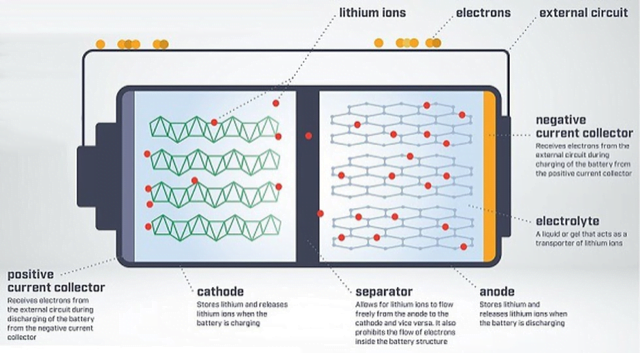Online Learning Portal
Online Learning Portal
| Paper | Topics | Subject |
|---|---|---|
| PT Pickups | Tech developed for Improved Lithium-ion Battery Performance | S&T |
PT Pickups : S&T
Researchers from IIT Guwahati have developed a technique to improve the performance of rechargeable lithium-ion batteries, which power most of the portable devices used today.

New Technology
Disadvantages
Alternatives to Li-ion batteries
Li ion battery - AspireIAS- Click to Read More
Source: IE
Our Popular Courses
Module wise Prelims Batches
Mains Batches
Test Series